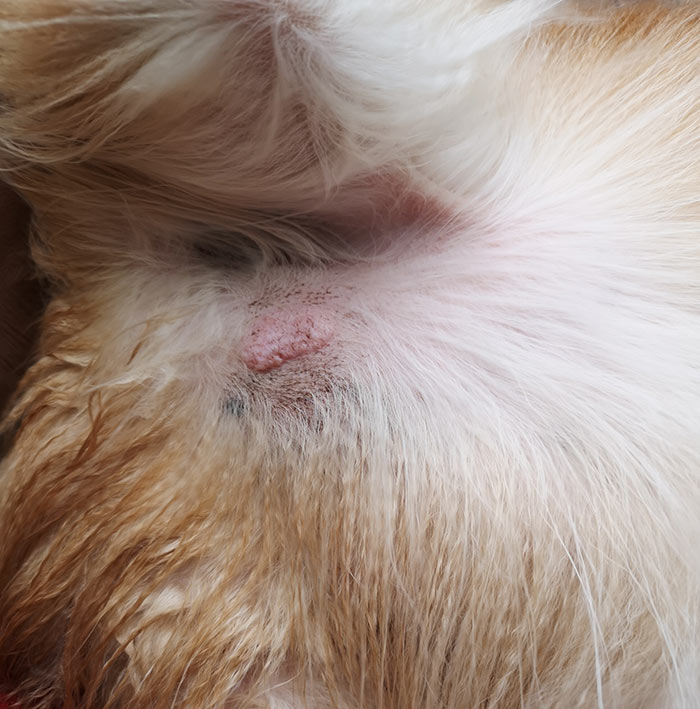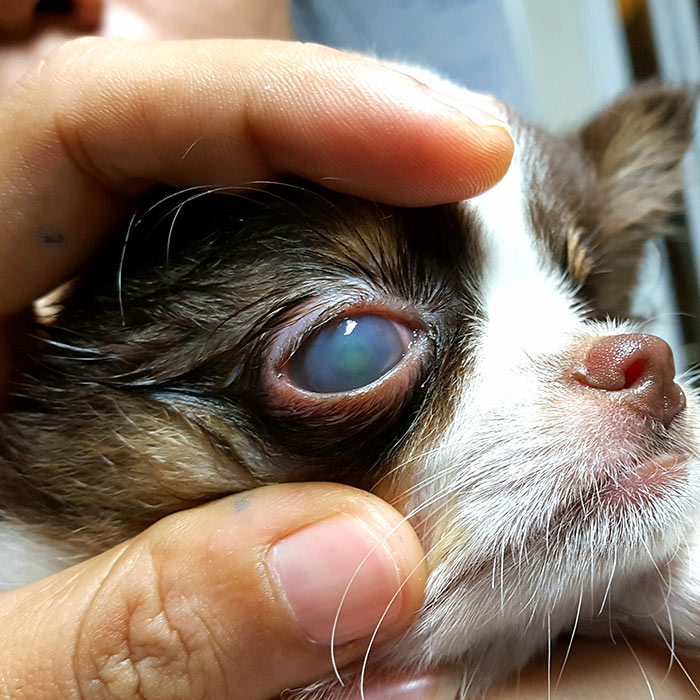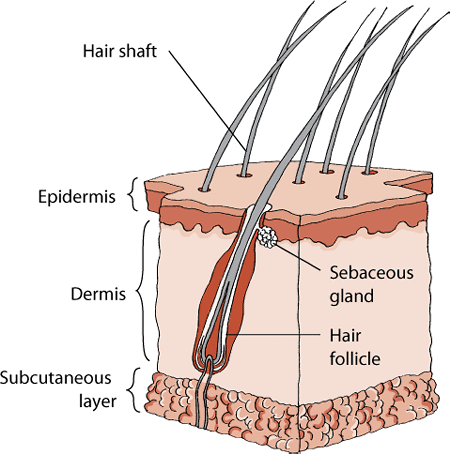Hip Dysplasia in dogs
What is hip dysplasia?
Hip dysplasia is a common condition among dogs, particularly large and giant breeds. Small dogs can be affected but they are less likely to show signs.
Hip dysplasia occurs when the ball of the hip joint does not develop normally and as a result fails to fit snugly into the hip socket.
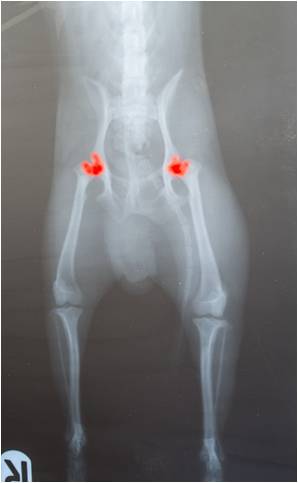
There are two main types of hip dysplasia: early onset and late onset. Early onset tends to begin affecting the dog from the age of 4 months, while they are still growing and developing. Late onset refers to hip dysplasia that occurs as a result of osteoarthritis which causes the gradual deterioration of the joint cartilage.
The condition is usually caused by genetics but obesity, nutrition and pelvic muscle mass can all contribute to the development of hip dysplasia.
Some dogs breeds are more susceptible to hip dysplasia than others.
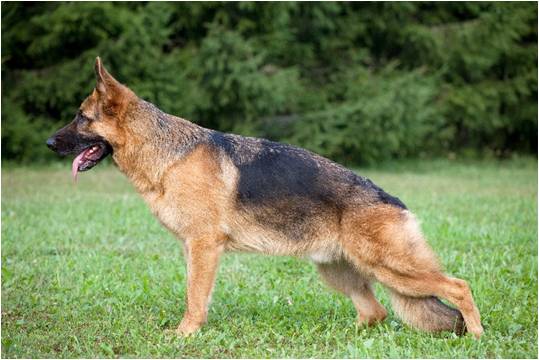
Symptoms
Symptoms of hip dysplasia depend on the severity of the condition and the time of onset. However, most dogs tend to show some of the following symptoms:
- Less physical activity
- Reluctance to get up, run, jump or climb stairs
- Lameness in the hind legs, often after exercise
- Hopping or an abnormal gait
- Narrow stance in the hind legs
- Pain in hips
- Grating in the hip joint when moving
- Smaller range of motion
- Decrease in thigh muscle mass
- Increase in shoulder muscle mass due to more exertion on the front part of the dog’s body
Diagnosis
If you suspect hip dysplasia in your dog, see a vet. They will perform a full physical examination, blood count and chemical profile, electrolyte panel, urinalysis and take x-rays of the area and hip scoring tests.
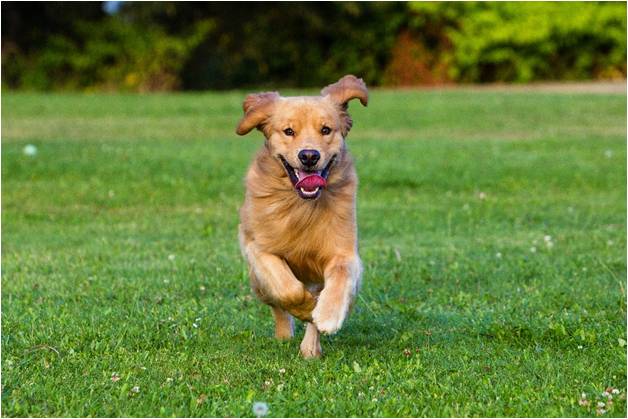
Treatment
Unfortunately there is currently no full cure for hip dysplasia, though there are many ways to help symptoms and increase the dog’s quality of life. Mild cases can be eased with anti-inflammatory and pain-relief medications.
In more severe cases, surgery may be required. There are two types of surgery for hip dysplasia – those which change the hip joint’s shape to improve movement and relieve pain and hip replacements, which (similarly to human hip replacements) replace the damaged joint with an artificial hip joint.
If surgery is not an option, weight control and exercise (along with a course of medication) are often the best ways to control symptoms. Less weight means less pressure on the hip joint, and exercising regularly reduces joint deterioration and loss of hind muscle mass.
Prevention
While many cases are genetic, you can help prevent late onset hip dysplasia by managing your dog’s weight and making sure they get enough exercise to prevent any unnecessary pressure being placed on your dog’s hip joint which could lead to osteoarthritis and possibly hip dysplasia.





